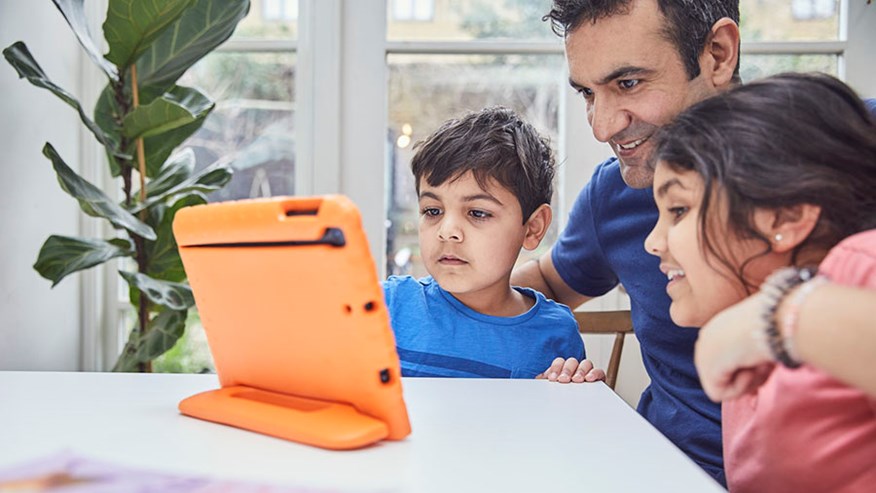In today’s digital age, the internet has become an integral part of our lives, offering a wealth of information, entertainment, and connectivity. For children, the internet can be a powerful tool for learning and growth, but it also comes with significant challenges and risks. As parents, educators, and society at large, it is crucial to understand both the positive and negative effects of the internet on children to help them navigate the digital world safely and effectively.
Positive Effects of the Internet on Children
- Educational Opportunities: The internet provides children with access to a vast array of educational resources. Online learning platforms, educational games, and interactive tools can enhance their understanding of various subjects. Websites like Khan Academy, Coursera, and National Geographic Kids offer valuable content that can supplement traditional education.
- Skill Development: Digital literacy is a critical skill in the 21st century. By using the internet, children can develop essential skills such as critical thinking, problem-solving, and research capabilities. Coding websites like Scratch and Code.org introduce programming in a fun and engaging way, preparing children for future technological landscapes.
- Global Connectivity: The internet allows children to connect with peers from different cultures and backgrounds. Social media platforms and forums enable them to share ideas, collaborate on projects, and build friendships beyond geographical boundaries. This global interaction fosters a sense of empathy and cultural awareness.
- Creative Expression: Platforms like YouTube, TikTok, and Instagram offer children avenues for creative expression. They can create and share videos, art, music, and stories, nurturing their talents and passions. This creative outlet can boost their self-esteem and provide a sense of accomplishment.

Negative Effects of the Internet on Children
- Exposure to Inappropriate Content: One of the most significant concerns is the exposure to inappropriate or harmful content. Despite parental controls and content filters, children can still encounter explicit material, violence, or misinformation. This exposure can have adverse effects on their mental and emotional well-being.
- Cyberbullying: Social media and online gaming platforms can sometimes be breeding grounds for cyberbullying. Unlike traditional bullying, cyberbullying can occur 24/7, leaving victims feeling helpless and isolated. The anonymity of the internet often emboldens bullies, making it a pervasive issue.
- Privacy Risks: Children may not fully understand the importance of online privacy and the potential risks associated with sharing personal information. This lack of awareness can lead to identity theft, online scams, and unwanted contact from strangers. Educating children about online safety is paramount.
- Addiction and Health Issues: Excessive screen time can lead to internet addiction, impacting children’s physical health, including eye strain, poor posture, and disrupted sleep patterns. It can also affect their social skills and emotional development, as they may prefer virtual interactions over face-to-face communication.

Strategies for Mitigating Negative Effects
- Parental Involvement: Active parental involvement is crucial in guiding children’s internet usage. Setting clear rules and boundaries, monitoring online activities, and discussing internet safety can help children make responsible choices.
- Education and Awareness: Schools and communities should prioritize digital literacy education. Teaching children about the potential risks and ethical use of the internet can empower them to navigate the digital world safely.
- Use of Technology Tools: Utilize parental control software and content filters to restrict access to inappropriate content. Regularly update these tools and stay informed about new technologies and trends in online safety.
- Encouraging Balance: Promote a balanced lifestyle that includes offline activities. Encourage children to engage in sports, hobbies, and face-to-face social interactions to ensure a well-rounded development.

Conclusion
The internet offers immense opportunities for children to learn, grow, and connect. However, it also presents significant risks that must be managed carefully. By fostering a supportive and informed environment, we can help children harness the benefits of the internet while safeguarding them from its dangers. The goal is to empower the next generation to use the internet as a tool for positive development and innovation.














Leave a comment